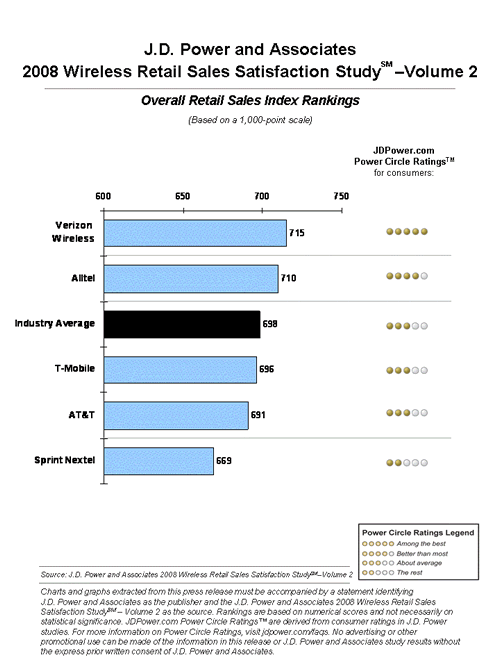In an article published in the Halloween edition of the Kansas City Star, Dan Hesse, the CEO of Sprint Nextel and its latest TV spokesperson said that Sprint would hand on Nextel and “rejuvenate this important asset.”
Well, having paid $38B to acquire Nextel, and having written down ‘goodwill’ of $30B of that purchase amount in January 2008, it seems like rejuvenation is either a great idea or a pipe dream.
My question is, ‘Is it really possible to rejuvenate a dead horse?’
Hesse’s argument is that “[t]he iDEN network is a key
differentiator for Sprint as it allows us to offer products and
services no other carrier in the industry can match.”
Okay, it’s fine to offer the ‘different’ products and services, but since the customers don’t seem to care or want them as much as Sprint Nextel wants to sell them, where’s the growth potential. As for other carriers not being able offering matching products and services, Verizon Wireless and AT&T Wireless might beg to differ.
Is Nextel a cellular-like company, or is it a walkie-talkie service? It doens’t appear that it can be both, or that anyone cares.
That’s my opinion.
Jonathan
PS: For a link to the Sprint Nextel news release underlying the KCS star story, click here.
